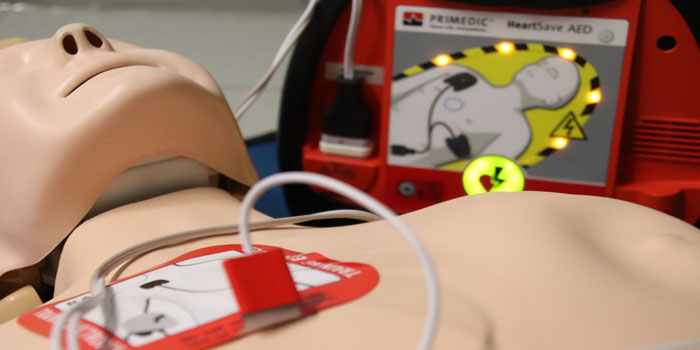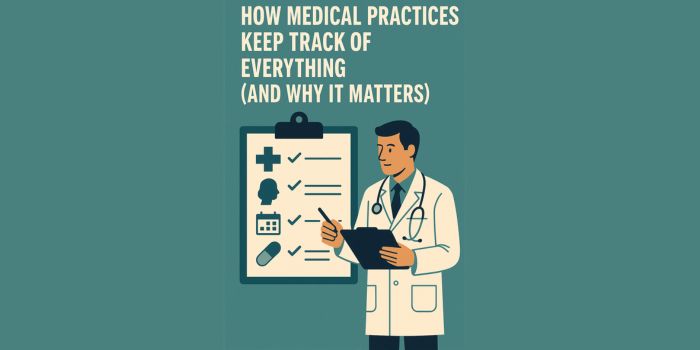Cardiac arrests are a scary ordeal to undergo as well as witness. If someone around you suffers a cardiac arrest, there is often an air of confusion and panic. This reaction is perfectly understandable. However, there are a few things that you can do to better prepare yourself for such emergencies by taking BLS CPR certification online. Like other emergencies, cases of cardiac arrests do not exactly give you ample time to get ready for their occurrence. They are often sudden.
Undertaking BLS CPR certification online is one way to prepare yourself in the event such an emergency should occur. The chances of a fatality are about 80% in the event that cardiac arrest should happen outside the controlled environment of a hospital. CPR is the first line of aid for cardiac arrest victims, which is why it’s also an essential part of EMR training. To further understand why CPR is crucial in cardiac arrest cases, let us delve deeper into the subject.
Cardiac Arrest Defined
The mechanism that enables the heart to effectively pump blood is an electrical one. The regulator of the electric rhythm of the heart is known as SA node. Its purpose is to communicate with nearby cells via electric signals. It is these signals that cause the contraction and relaxation of various heart chambers. This action of contraction and relaxation then causes the pumping action of the heart. However, for it to be effective, it has to be done on a regular rhythm. This rhythm is subject to change on account of the level of activity the body is subjected to at any given time. Nonetheless, the rhythm of the heart needs to stay regular even as the speed at which it is required to pump blood increases or decreases.
There are a number of reasons as to why the rhythm of the heart might stray from its normal course. All these reasons can be traced back to an interference of the electrical system that governs the heart. It is this interruption that leads to cardiac arrests. When this happens, the blood flow to vital organs and consequently oxygen supply is cut off leading to loss of consciousness. If the supply of blood and oxygen is not resumed in the shortest time possible then the chances of full recovery dwindle with every minute delayed.
Difference between Cardiac Arrests and Heart Attacks
These two terms are often used interchangeably which is often misleading. There is a difference between the two. A heart attack is as a result of insufficient blood flow to the heart. This is often as a result of a blockage, usually from a clogged artery. If the blockage persists and that particular part of the heart continues to lack blood then it dies.
Heart attacks can take different forms. Some are milder than others. In the case of mild attacks, the symptoms take time to manifest. This can be days, hours or weeks. Others are sudden and usually intense. With heart attacks, there is usually an underlying coronary heart illness or maybe as a result of spasms of the coronary artery.
Despite these subtle differences between heart attacks and cardiac arrests, the two are related. Those who suffer heart attacks have a higher chance of suffering cardiac arrests suddenly.
Why is CPR Crucial for Sudden Cardiac Arrest?
When one suffers a cardiac arrest, the rhythm of the heart is interfered with and eventually, the heart stops beating altogether. This means that vital organs such as the brain and lungs fail to receive the much-needed blood and oxygen. Eventually, the functionality of these organs is compromised putting the life at risk. This is only a matter of minutes.
The purpose of CPR in such scenarios is to enable the supply of blood and oxygen throughout the body before the heart is capable of resuming this function. By compressing the chest, you force blood out of the heart enabling it to flow to the rest of the body. This means that you also allow oxygen to be supplied to other body parts.
It has been the norm in the past to alternate between chest compression’s and rescue breaths while performing CPR. This trend is slowly being proven to be ineffective. The pause between compression’s that allow for the administering of rescue breaths tends to be counterproductive. It causes a decrease in the accumulated blood pressure from the compression’s that makes it possible for the blood to flow from the heart. This coupled with the stress and anxiety over the seemingly complicated technique may render the entire procedure ineffective and cost the victim his or her life. It is, therefore, easier to keep the focus only on the chest compression’s.
CPR certification allows you the flexibility of learning this crucial life skill at your own pace and at a time that is convenient for you.




